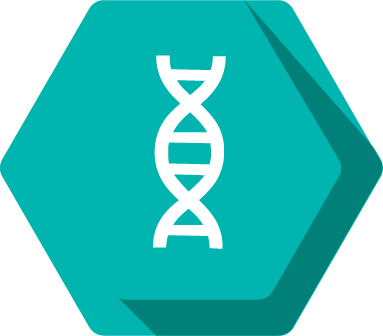Aryn Booker

Pronouns: he/him/his
Research Mentor(s): Alan Boyle, Associate Professor
Research Mentor School/College/Department: Department of Computational Medicine & Bioinformatics, Michigan Medicine
Presentation Date: Thursday, April 22, 2021
Session: Session 5 (3pm-3:50pm)
Breakout Room: Room 16
Presenter: 3
Abstract
Transposable elements (TEs), DNA sequences that can change their position within the genome, can result in mutations associated with somatic and heritable diseases. TEs are repetitive in the genome and are therefore hard to map. In this study, we determined definitive mapping of one set of TEs, called Long Interspersed Nuclear Elements 1 (L1), through the utilization of recent technology, specifically CRISPR-Cas9 and nanopore sequencing. However, the cutting precision of Cas9 must be deduced for efficient mapping of these elements. This study aims to better understand the cutting preferences of Cas9 in the context of the L1 sequence by exploring how Python can map transposable elements in the genome. The biological analysis and mapping of these reads through the use of Biopython will result in a better understanding of the cutting preferences of Cas9 and its efficiency. Through an RNA guide, Cas9 targets and cuts at a specific region of DNA, where nanopore sequencing will then read the L1 retrotransposons. This data will be processed through the use of Biopython’s modules. A “for” loop was used to: extract individual reads contained within the input data files; perform a local alignment of each read to L1; and obtain the positions of the alignments with respect to L1. We also accounted for reads that align to the reverse complement of the L1 sequence by comparing the two scores obtained from the local alignments. Our data demonstrates that the median starting alignment position is consistent between alignments of the reads to L1 and its reverse complement. Thus, we conclude that Cas9 cutting occurs approximately 5900 bp downstream in L1. However, further analysis of the location of PAM sites and the RNA guide is necessary to confirm Cas9’s efficiency and function.
Authors: Aryn Booker, Preston Parana, Alan Boyle
Research Method: Computer Programming








